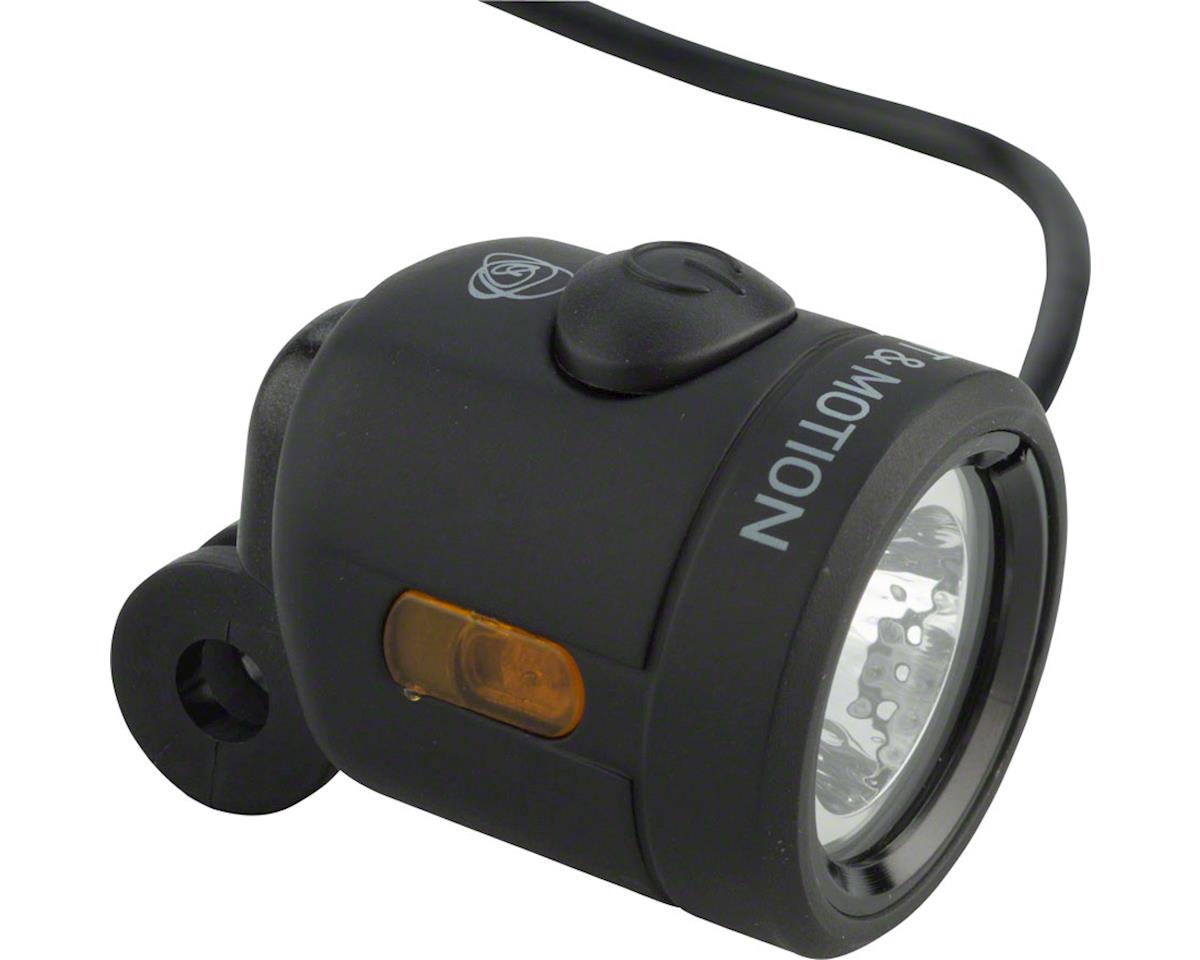

The speed at which a motor rotates depends on the pulses’ frequency, or speed. No matter what the motor resolution, a pulse from the controller or indexer makes it rotate only one incremental unit. Additionally, servo motors generally have many thousands of pulses per revolution as their minimum resolution. Stepper motors can be micro-stepped, giving them many thousands of pulses per revolution. Of course, different motors have different resolutions. For example, if a two-phase stepping motor has 200 pulses per revolution (ppr), then one pulse makes the motor rotate 1/200 of a revolution or 1.8 deg., and 200 pulses will make the motor rotate one revolution.

The motor rotates one incremental unit for every pulse on the drive’s pulse input. Pulses output from the controller make the motor move. These are example of 2P signals for forward and reverse motion. Which input receives the pulse train depends on the desired direction. If the CCW pulse train is present, the motor rotates CCWs. Only one input at a time will have a frequency, so if the CW pulse train is present, the motor rotates CW. In 2P mode, both signals are a pulse train. These are examples of 1P signals for forward and reverse motion. The pulse train is always on the same input no matter what direction is desired. Conversely, if the direction signal is off and a pulsed signal is present on the step input, the motor rotates the other direction, or counterclockwise.

If the directional input is on, and a pulsed signal is present on the step input, the motor rotates clockwise. In 1P mode, one control signal is a pulse train or “step” signal. Both modes require two control signals from the controller to the drive. There are two common ways to refer to the two control signal schemes you are using: “1P mode”, aka as “Step/Direction mode”, and “2P mode”, which is called “CW/CCW mode” or clockwise/counterclockwise mode. There are two ways to provide these signals, and different manufacturers call them different things. This means a controller needs to provide, at a minimum, two control signals to the drive. Stepper motors and pulse-controlled versions of servo motors can rotate in both directions.


 0 kommentar(er)
0 kommentar(er)
